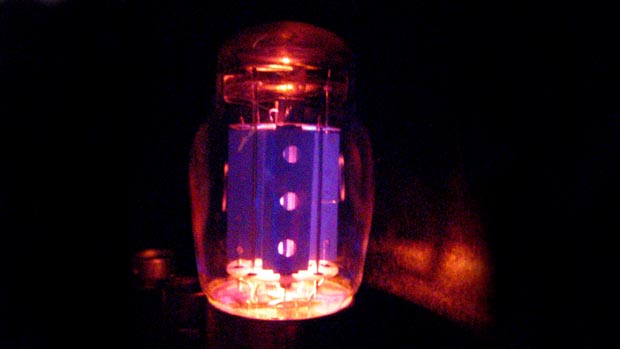

Do your recordings have warmth? Yes? But does the amount of warmth vary with the signal level? Wouldn't you like it to be more consistent...
By David Mellor (RecordProducer.com)
It is widely known that the right kind of distortion can give a recording the subjective quality of 'warmth'. A single-ended tube stage of amplification, which will of course naturally be Class A, will give you plenty of those lovely even-order harmonics - the ones the ear likes.
But the problem is that the amount of 'warmth', or distortion to use the proper term, depends on the level of the signal. The louder the signal, the more distortion.
But what if you want a little more warmth in the low-level subtle sections of your playing? What do you do?
One answer might be to compress the signal so that it is pretty much all of the same level, then the degree of warmth will be consistent. But then you have lost those low-level subtleties. Can we do better?
Yes we can. Split the signal into two so that one feed goes straight through and the other to the compressor, and then to the 'warmth generator'. Now mix the compressed and warmed up signal with the 'dry' signal. The result is consistent and controllable warmth. Just mix in as much as you need.
As a final touch, you can also try cutting the bass from the signal before the compressor and warmth generator. The advantage of this is that low frequencies tend to produce harsher distortion than mid and high frequencies, where the distortion is smoother. In fact, you could probably cut as high as 500 Hz with benefit.
No more cold winter nights!